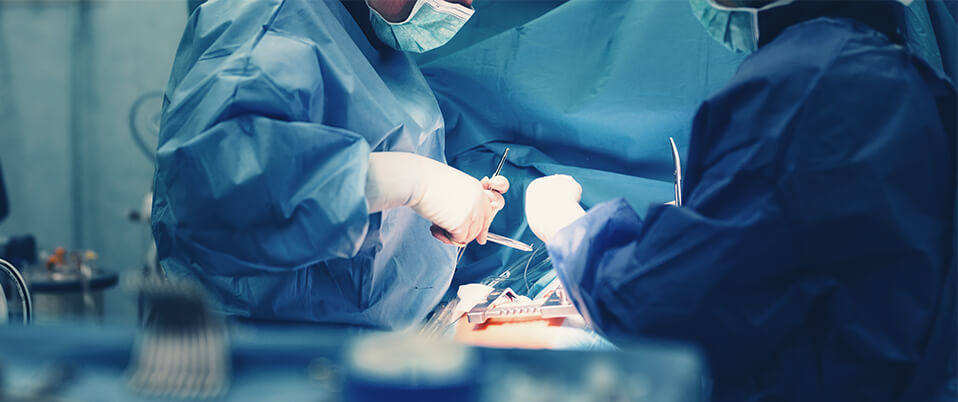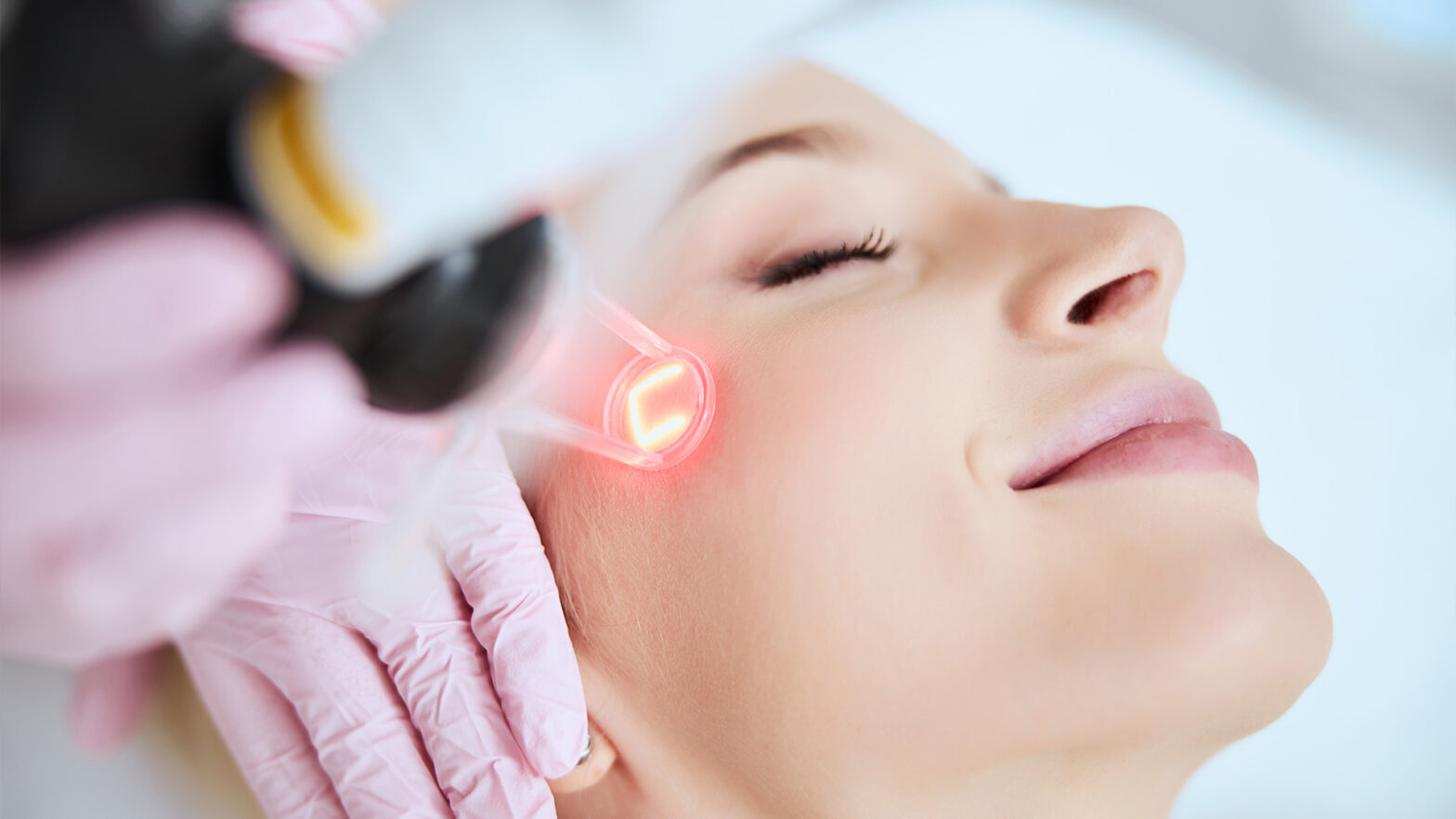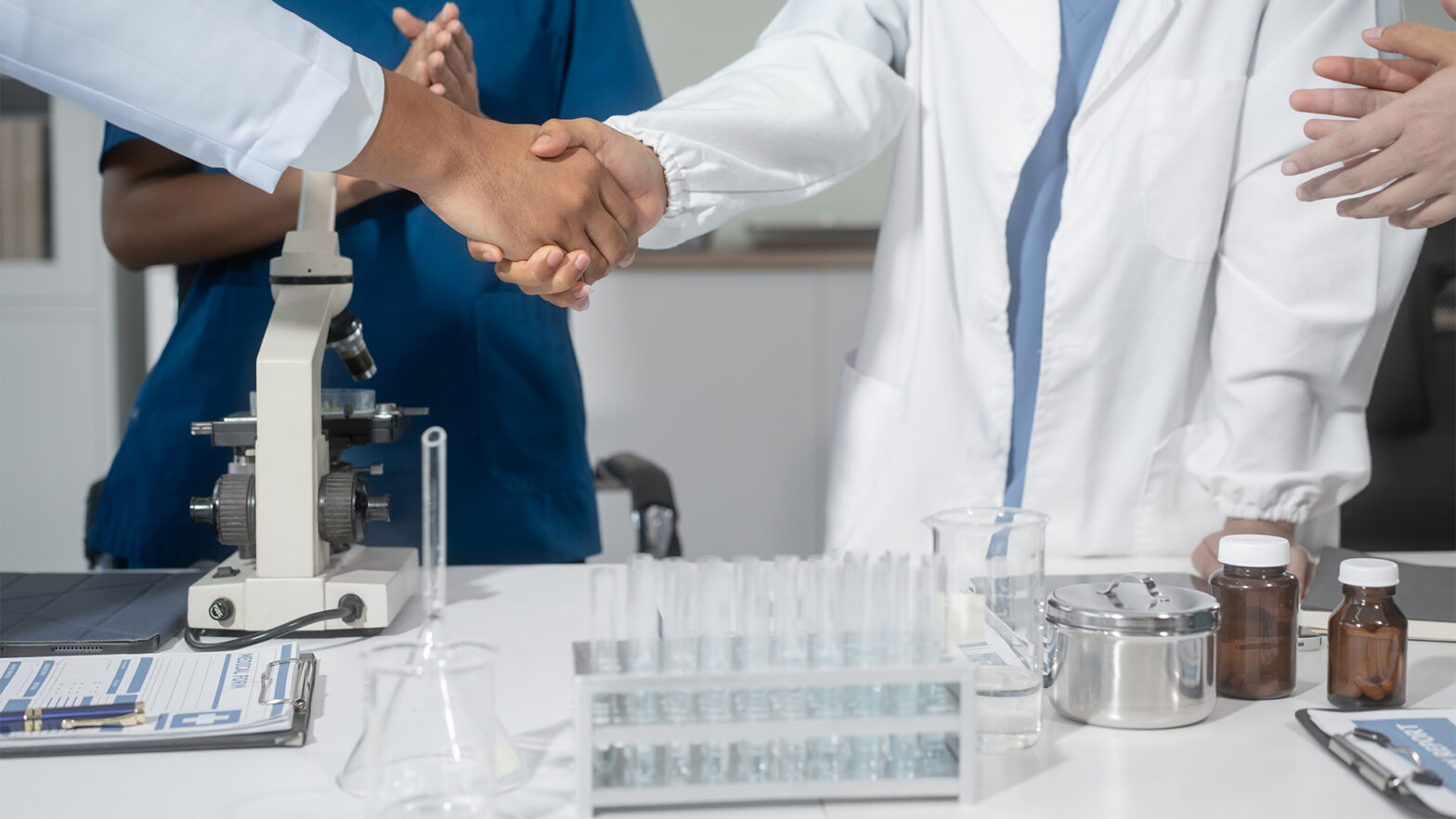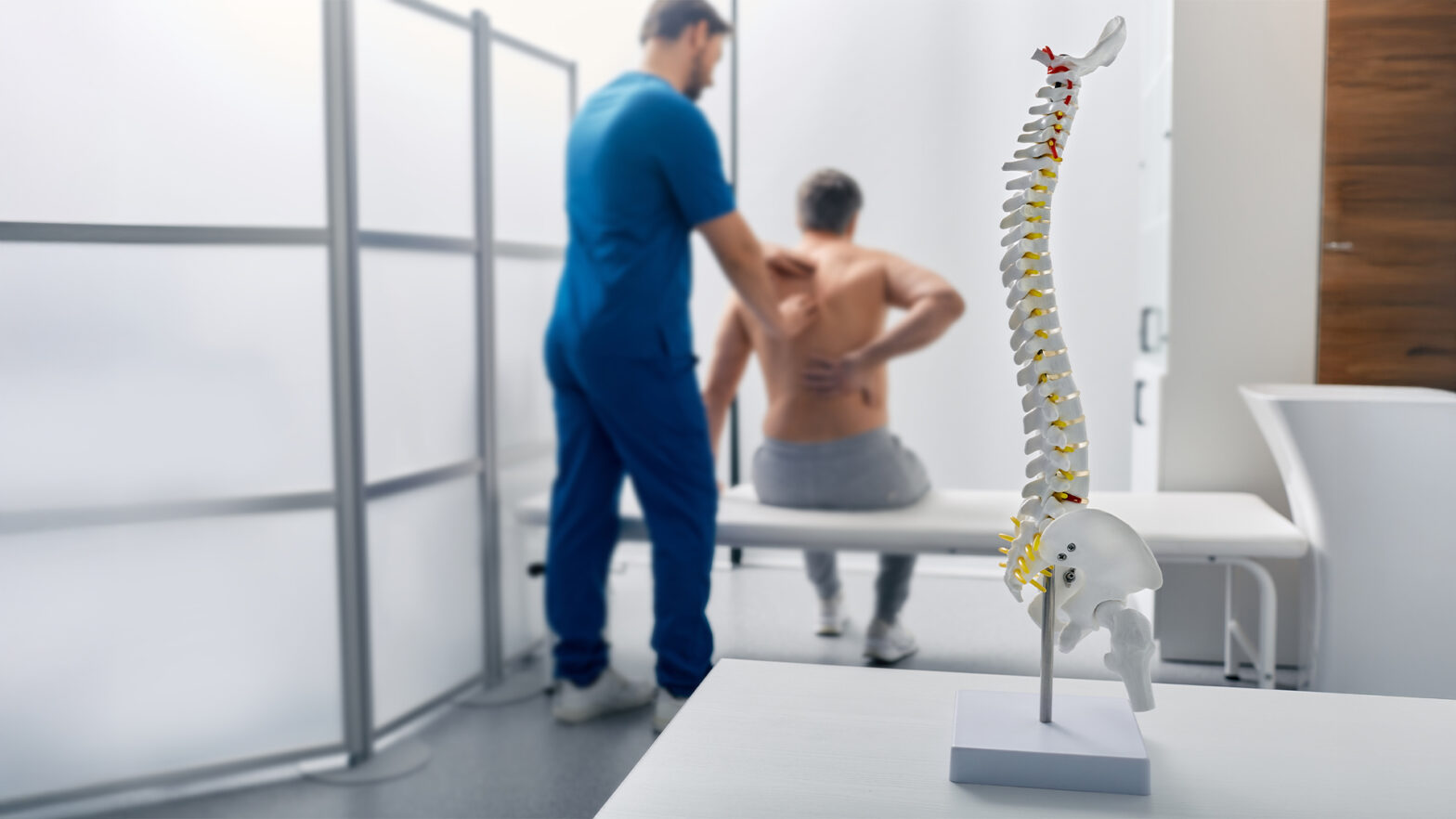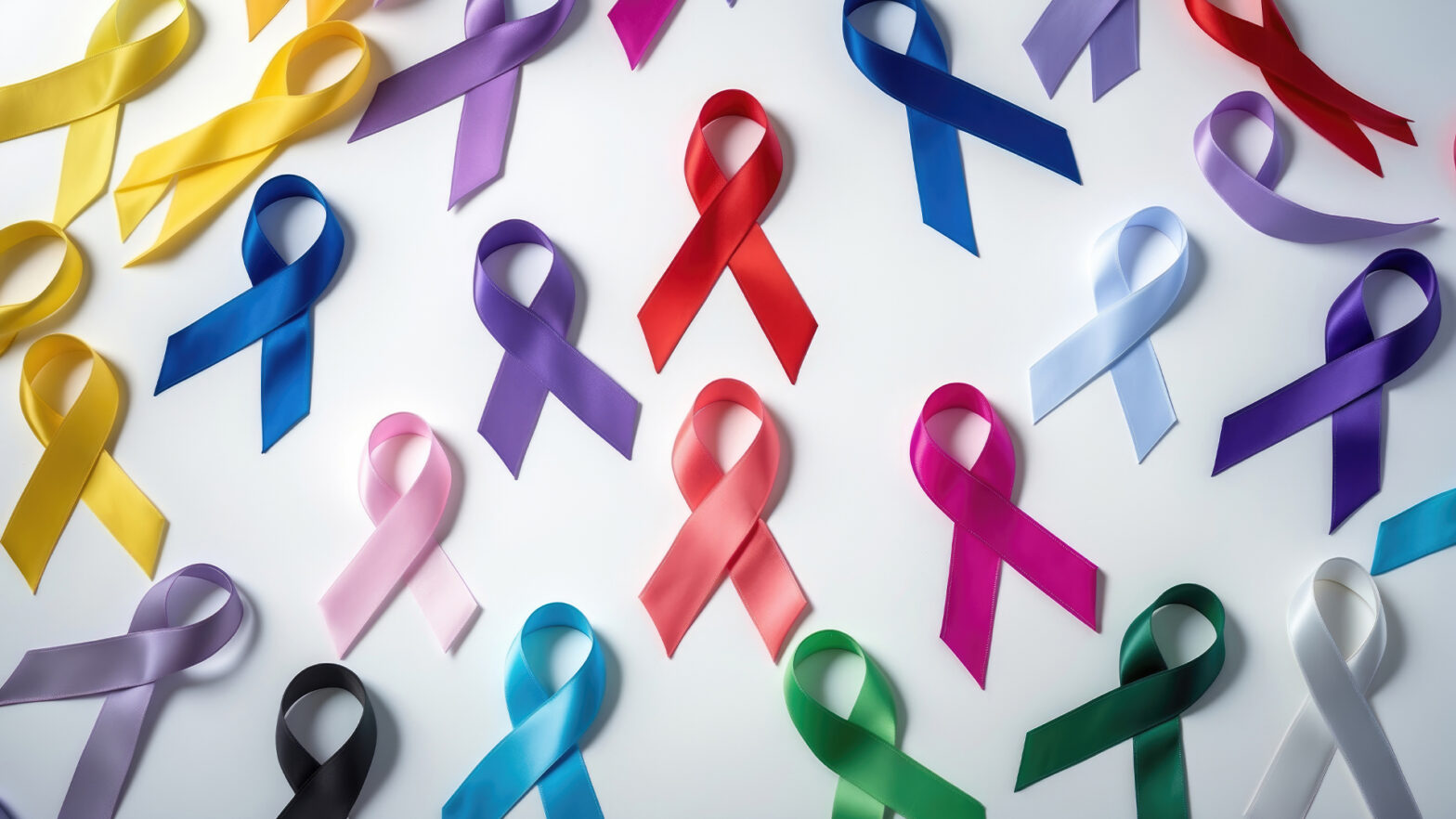
Helping surgeons work without fear of infection after survey finds more than 9 in 10 surgeons encounter a needlestick injury
By John Timmons, Clinical Staff Nurse and International Medical Director and Global Patient Safety Lead, M’lnlycke Healthcare
If you were to imagine a list of risky jobs, you might think of being a construction worker, a prison officer, an oil rig worker ‘ anything that involves heights or challenging environments. Being a surgeon might not be top of the list.
However, new research shows that in fact an overwhelming majority of surgeons have had a close encounter with a serious risk to their health and safety: a sharp, or needlestick injury. The new global survey ‘ which fielded responses from surgeons in six countries across the world ‘ found that a staggering 95% of them have either been personally affected by such an injury or have seen a colleague experience one ‘ and this is not just a problem of pain or discomfort in the workplace.
From my own experience as a staff nurse and having worked in a range of clinical settings, I know how frequently healthcare professionals face life-threatening risks in the operating theatre. Needlestick and sharps injuries ‘ wounds to healthcare workers caused by syringes, needles and sharp surgical equipment piercing the skin ‘ are a major occupational hazard and can radically alter the personal and professional lives of surgeons or their clinical teams. Each and every day in hospitals around the world clinicians, nurses and support staff expose themselves to the risk of blood-borne viruses in the operating theatre and other clinical settings. Hepatitis B, C and D, and HIV are just some of the dangers they and their teams face in the daily undertaking of their clinical responsibilities.
Needlestick injuries can put a clinician’s career at risk in an instant. I have seen first-hand the impact they can have on surgeons and their clinical teams, both the injury itself and the emotional impact of testing to ensure they have not contracted harmful viruses. Even though the likelihood of transmission of blood-borne viruses is quite low and dependent on a number of factors, healthcare workers in the UK still face a one in three risk of contracting hepatitis B and a one in thirty risk of hepatitis C following a percutaneous injury. The psychological distress and anxiety over a possible infection and its possible consequences can have a hugely detrimental personal impact on a healthcare worker and the morale of a clinical team.
Two million needlestick injuries occur among health workers each year globally, and, given the potential loss of earnings, it is little wonder that across the world so many needlestick injuries go unreported ‘ estimates vary from country to country, with authorities in the UK putting the figure as high as 85%.
Considering the potential hazards surgeons face every day, it would be natural to assume that advanced healthcare systems would provide their workers with the highest quality surgical equipment. However, this is increasingly no longer the case. Presented with ever-tightening budgets, staff shortages and growing disease burdens, clinical procurement teams across the world are faced with the choice of prioritising the safety of surgeons and their clinical teams over other budgetary decisions.
We wanted to gain a greater understanding of the risks clinicians and patients face from sharps injuries and healthcare associated infections. We also wanted to hear their front-line perspective on the importance of high-quality surgical equipment in ensuring clinician and patient safety and driving forward clinical outcomes.
We commissioned global polling company SERMO to conduct a survey of practising surgeons across six countries: the UK, US, Japan, Germany, Australia and Sweden. All advanced medical systems, these six countries are symbolic of the budgetary dilemma faced by healthcare decision-makers. The survey was the first of its kind in terms of both scale and ambition, providing rich, qualitative and quantitative data from 510 experienced surgeons across a range of clinical specialties.
The findings were striking. Only 1% told us that they had not experienced a needlestick injury in the operating theatre. When asked whether surgeons felt more protected from needlestick injuries when using high-quality surgical gloves, 83% told us they did, highlighting the duty of care procurement teams have to ensure that they provide their surgeons with the very best protective equipment available, and how simple that solution can be.
The importance surgeons place in high-quality surgical gloves in reducing exposure to blood-borne viruses was considerable, with 93% of surgeons stating that high-quality surgical gloves reduce the chances of exposure to blood-borne viruses. Furthermore, 92% of surgeons agreed that high-quality gloves improve clinician safety in the operating theatre.
Risks in the operating theatre are of course not limited to healthcare professionals. Healthcare-associated infections (HAIs) are the most frequent adverse event in healthcare delivery worldwide, causing millions of deaths globally and incurring significant financial strains on healthcare systems. In the UK alone, HAIs are estimated to cost the NHS £1 billion per year.
The provision of high-quality surgical equipment can play a decisive role in reducing HAIs by reducing the risk of surgical site infections. 76% of surgeons responding to our survey stated that glove failure during operations can increase the risk of surgical site infections. More broadly, 89% agreed that high quality gloves improve patient safety in the operating theatre.
This all shows just how vital improving infections prevention is, but also demonstrates the vital role high quality surgical gloves play in the operating theatre, in terms of surgical safety, patient outcomes and driving value in healthcare systems.
Having worked in high pressured clinical environments across a number of countries, I don’t envy the priority decisions healthcare leaders and procurement teams have to make each and every day. Faced with record demands for care and strained budgets, they are tasked with prioritising short term savings through providing cheaper, lower quality equipment, or ensuring long term value through investment in high quality equipment.
However, the surgeons have spoken ‘ and let’s remember that these are the people who are actually performing surgery on patients every day: high-quality gloves can play a decisive role in ensuring the safety of clinicians, their teams and patients and positively impact overall patient outcomes. Surgical gloves seem like the most simple of occupational considerations, but sometimes, what’s simple is true.









